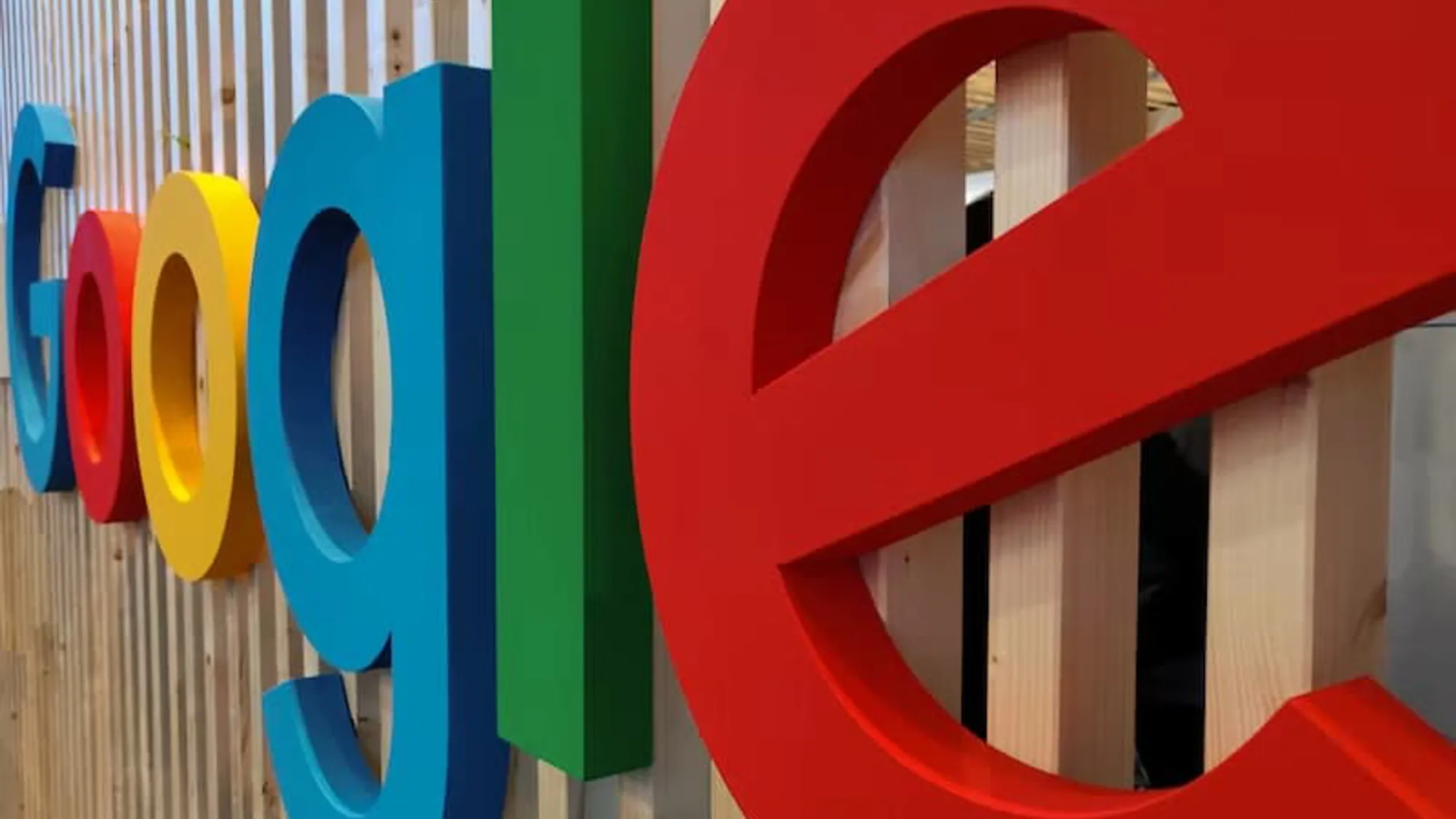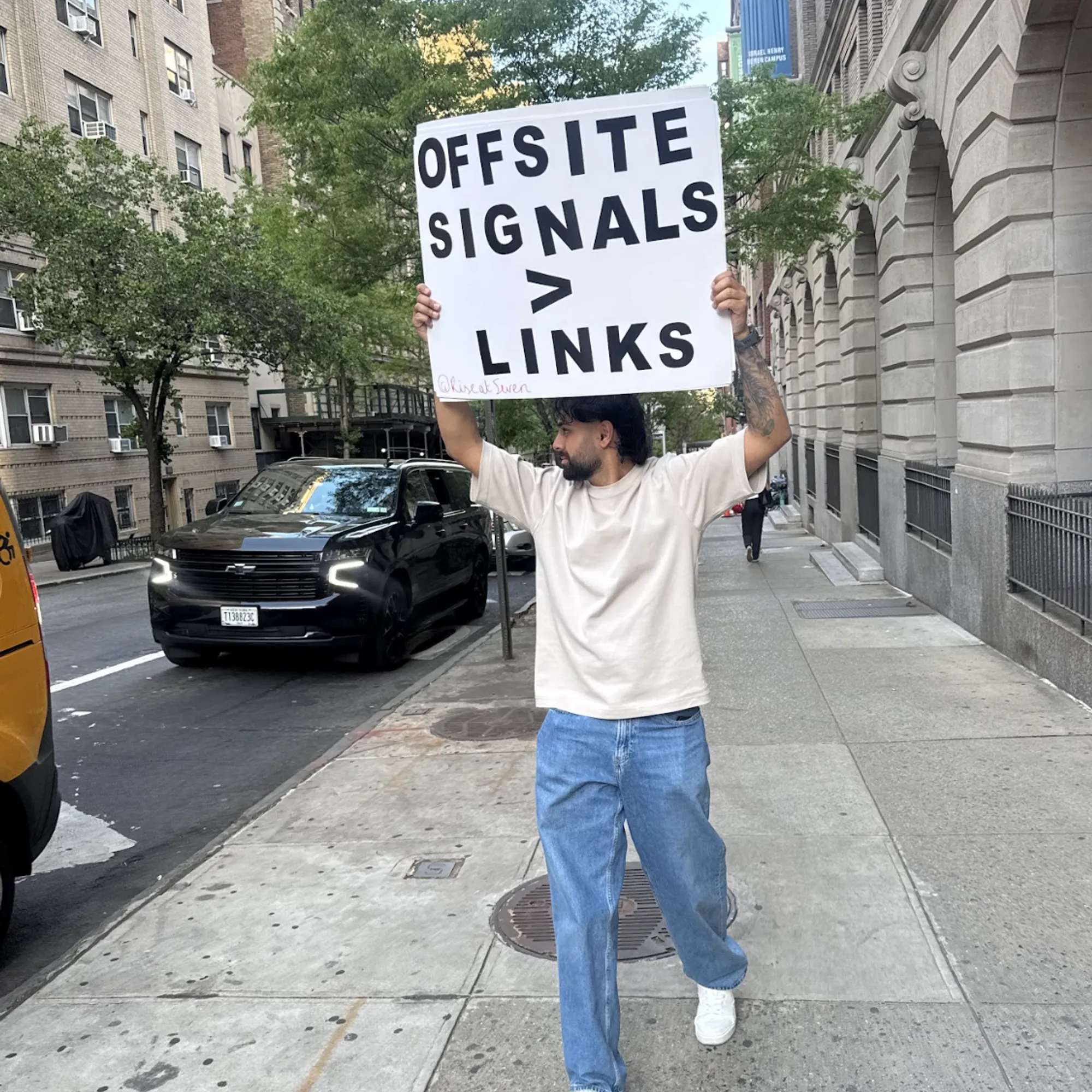
10 Tips for Publishers Hit by Google's Helpful Content Update

The Google Helpful Content Update has officially rolled out - and while initial results were unexpectedly modest, online publishers are starting to see significant impacts in the aftermath of the September 2022 Core Update. Google had previously suggested that, at least for some content creators, the true impact of the Helpful Content Update might not be felt until the next Core Update (which, as it turned out, followed only a few weeks later). The warning proved to be true as a significant swath of publishers are now reporting notable fluctuations and, in some cases, massive drops in traffic.
The Rise team has already shared thoughts on what the Helpful Content Update means for the future of online publishing, SEO, and PR; however, we also wanted to provide some practical advice as well as - especially for content creators who have been negatively impacted by Google’s content-targeted updates.
We’ll unpack some of these points in greater detail with a future blog post but, for now, here are 10 Tips for Publishers Hit by Google's Helpful Content Update.
1. Be Honest: Is Your Content Actually Helpful? Is It Truly As Good As You Think It Is?
Most of us have good intentions and want to deliver exceptional work or services; however, when you’re close to something, it’s hard to view it objectively. We make excuses and justify shortcomings - or might simply be blind to problems in our operation. Unfortunately, when it comes to Google algorithms, context doesn’t matter. Google does not care (or have any means of understanding) that you’re short-staffed and it took longer to get a timely article published or that you lost your news editor and quality has dipped while you train their replacement. As a result, it’s important for publishers to look at the final result - because that’s what Google sees. Objectivity is essential here and if you, or the person in charge of your content, can’t be objective, it’s imperative that a qualified person with rigorous standards looks at what you’re publishing and answers: is it the right content, written by the right person, for the right audience, at the right time? If so, there’s a good chance you’re not being penalised by the Helpful Content Update but if, objectively, you’re not putting your best foot forward, it’s highly likely that someone else is - and the Helpful Content Update is going to reward them instead.

2. Know Your Competitors: Your Content Might Be Good But Is It Better Than Your Competitors? What Are They Doing That You Aren’t?
In my time as a journalist, this was a frequent discussion point between the content and SEO teams. The content team was creating good content but it wasn’t always getting rewarded with the traffic we expected, begging the question from SEO: was it the best content available on the subject? If not, why would we expect Google to reward our good content over someone who had done a superior job? It doesn’t mean our entry was bad - or not good enough to rank #1 - it just meant that we had more work to do if we wanted to a) be the best option for the noted query and b) get recognised by Google for it. Frequently, looking at what did rank above us provided insights into aspects of the topic we missed or didn’t develop well-enough. Maybe we spent too much time focusing on a subtopic the writer thought was interesting but searchers were actually much more interested in a different part of the piece. After taking another pass at the article, and updating sections we identified for development, we’d improve our position - sometimes, but not always, beating out that previously “superior” piece of content.
3. Know Your Audience: Is Your Content Helpful To Your Readers/Your Authority Centre? Or Are You Spending Too Much Time Being Helpful Outside of Your Niche?
Another mistake that publishers make: expanding too far outside their established lane. This doesn’t mean that a publisher can develop new initiatives or expand their reach; still, if that expansion happens too fast or becomes a disproportionately large piece of a site’s content, that non-core content could be a liability rather than an asset. Creating content outside the core vertical on which you’ve built authority can muddy Google’s view of your website - especially if the content you’re creating outside your niche is lower-quality or, to our last point, good but still less competitive. Since the Helpful Content Update impacts domain-level performance, there’s now additional pressure to make sure all of the content on your domain is of the highest possible quality. Expanding out into topics that aren’t mission-critical runs the risk of altering Google’s perception of your focus and standards. If you’ve recently ventured out into new verticals and saw a hit with the latest round of Google updates, it’s worth considering if you might have overextended your content strategy and should get back to basics.
4. Know Your (Problematic) Content: Is There a Type of Content You Do A Lot That You Know Google Wouldn’t Like? Or Content In Your Archive That Might Be Hurting You?
Any publisher, especially one that has been around for a lengthy period of time, will have at least some content in their archive that could be problematic: it’s too short, has broken code, was written by lower-quality writers, or could outright violate Google (or the site’s) updated content standards. Google wants to reward content written by people for people - not algorithms or SEO. As a result, while SEO-focused content strategy has been a big opportunity the last decade, it’s imperative that content be authentic - rather than keyword-dense Google-bait. If you have a publishing operation that is highly-focused on keyword keyword gap analysis and other SEO processes, just be absolutely sure that the final content is as good as the data-led research that inspired it. Additionally, a site with twenty-plus years of content is going to have evolved significantly in those two decades and while Google might not be indexing the vast majority of that legacy content anymore, some of it will still be indexed - and possibly rank. If a site has a significant amount of problematic or broken articles, it’s highly-likely any unhelpful legacy content will contribute to the Helpful Content Update’s understanding of domain-level trust. Of course, it’s unreasonable for larger publishers to easily identify individual articles that would be unhelpful but, looking back at old content, it should be manageable to identify topics or content templates that, by today’s standards, wouldn’t be viewed favourably by Google - and create a list of articles to purge or even update. The same goes for what you’re currently publishing as well. If you’ve got topics or content types that (again be objective) aren’t helpful and could even be seen as misleading or hurtful, you should consider transforming those articles and aligning them with Google’s updated guidance.
5. Know Your Tech: Is Your Site Making Your Content Less Viewable/Readable And By Extension Less Helpful? Too Many Ads? Issues With Core Web Vitals?
It does not matter how helpful you’ve made your content if no one can view it. While the days of AMP may be behind us, the basic necessities of readability and lightning-fast page loads are still essential to quality website hygiene. Publishers should be vigilant in problem-solving and fixing issues identified in Google Search Console’s Core Web Vitals report. If you’ve got highly-competitive and helpful content but it’s obscured by invasive ads or kicked around because of clunky CSS, your site implementation is undercutting a user’s ability to engage with your content. Core Web Vitals might not be directly connected to the Helpful Content Update but there’s no question that poor user experience signals (high bounce rates and pogo sticking, especially) can negatively impact your site and encourage Google to reward competitors who offer a more helpful overall experience.

6. Know Your Data: You Know What Gets Traffic But What Gets Engagement? Engagement May or May Not Be a Ranking Factor But It is a Good Measurement of How Satisfied Your Consumers Were With What They Viewed?
For years, SEOs have debated how social media and other off-site engagement impacts (or doesn’t impact) Google’s ranking factors. Whether you’re a believer in social media signals or not, when it comes to the Helpful Content Update, there is guaranteed value in understanding and analysing your site’s engagement data. A highly-engaged audience who interacts with your brand and shares your articles on social media is an audience that finds your content helpful. If your site’s social media page lacks engagement, it could be a signal that you need an updated social strategy; nevertheless, it could mean that your audience simply doesn’t find the content you are posting to be all that interesting or helpful. Recommendations and referrals are the absolute highest complements any person or entity can receive - and digital content recommendations are no different. So, if your site has low pickup and engagement in places where your competitors are excelling, it’s worth investigating whether your brand strategies need some love - or if that lack of shared and engaged content is an indicator that your content just isn’t very helpful or interesting overall.
7. Know Your Contributors: Are Your Writers/Creators Specialists in Their Field? With Knowledge Graph Authority to Back Them Up? Or Are They Generalists Who Can Talk About Anything Well Enough?
It’s not always easy to find dedicated and knowledgeable content creators, especially if you’re a publisher operating on a limited budget. For that reason, a lot of websites rely on younger writers and editors who are not necessarily experts on the subjects they’re tasked with covering. This doesn’t mean publishers shouldn’t use these contributors at all - as they’ll likely be able to build expertise overtime. Still, we know that Google relies on the knowledge graph to understand who is contributing to a site - and which of those individuals are established and trusted signals (and which ones are not). If a website only has freshman contributors with no demonstrated expertise, it’s possible Google will not view the domain as helpful or authoritative as a competitor with a few established veterans, who have proven topical expertise, contributing. Again, this doesn’t mean that publishers should shy away from new talent (in fact, fresh-faced contributors might be more savvy in SEO, virtual bullpens, and other modern digital publishing practices) but there’s still a strong value in having established voices on-board as well.
8. Know Your Brand: What Do People Say About You? Do You Have a Strategy for Leading that Conversation?
Improving brand reputation won’t snap you back from a Helpful Content Update drop but a multifaceted strategy to improve domain perception, visibility, and engagement will help long term. As with any Google change, there’s often very little that can be done short term and negative algorithm results are, more than anything else, an opportunity to take a hard look at what you’ve been doing - and whether or not your strategies are in-line with Google’s objectives. To that end, if your website isn’t particularly well-known in your field and doesn’t post a significant share of unique or exclusive content, it’s worth considering how and where you can demonstrate expertise and lead conversations in your industry. Becoming a prominent voice, and attracting other authoritative people to your organisation, might not fix an algorithm-related traffic drop but it will put you on the right path to, hopefully, be rewarded again (and again) in the future.

9. Investigate Further: Were You Hit By the Helpful Content Update or Would You Have Still Been Hit by the Core Update Anyway?
One of the most frustrating aspects of Google updates: sometimes they occur in close proximity, they overlap, and most confusing of all: they can influence one another. As mentioned, Google suggested that some publishers might not actually see significant changes from the Helpful Content Update until a Core Update rolled out - which happened two weeks later. This isn’t the first time Google has stacked updates and it won’t be the last. As a result, determining exactly what aspect of consecutive updates might have impacted your site can be very difficult - but it is important. Maybe your content is great and follows all the principles we’ve listed here but you recently migrated your site to a new CMS, changed your ad setup, or changed your sitemap structure. In that case, you might not have been impacted by the Helpful Content Update and were, instead, hit by Core Update changes - changes that may be targeting non-content issues. This might sound obvious but it’s easy to get swept up in findings and trends that have the SEO community abuzz and miss something unique (and ultimately more pressing) on your site specifically - especially when your drops lineup with dates other publishers have reported content-related turbulence. So, investigate your site thoroughly before assuming there’s something wrong with your content strategy.
10. Get Support from an Objective Third-Party:
As we’ve said, objectivity is paramount in addressing traffic drops - especially when it comes to something as subjective as content. Even if you’re a technical SEO expert, content-related issues are not always easy to solve - since, ultimately, publishers don’t always have the time, expertise, or resources to train creators on everything they need to know. Here at Rise at Seven, we offer content team training as well as content strategy support - and we’re certainly not the only agency that does. So, if you need help auditing, optimising, and/or training your content team, get in touch with a third-party that can provide a fresh perspective and proven tips.
Ultimately, like anything in the SEO business, there is rarely a simple fix when you’ve experienced a drop in rankings and traffic. The best thing you can do is be honest about your site and content, understand where you might no longer be aligned with Google’s best practices, and invest in solutions and processes for the future. If you follow these tips, in time you will recover from the Helpful Content Update. It won’t happen overnight but eventually you’ll be producing even better content - helpful content that can, once again, compete with the best!

CEO & Founder of Rise at Seven, and my job is to be out in the market and see which way the wind is blowing in the next 1, 2, 5 or 10 years time and bring that home to my team and clients. I lead the vision of the agency across the UK & US.














